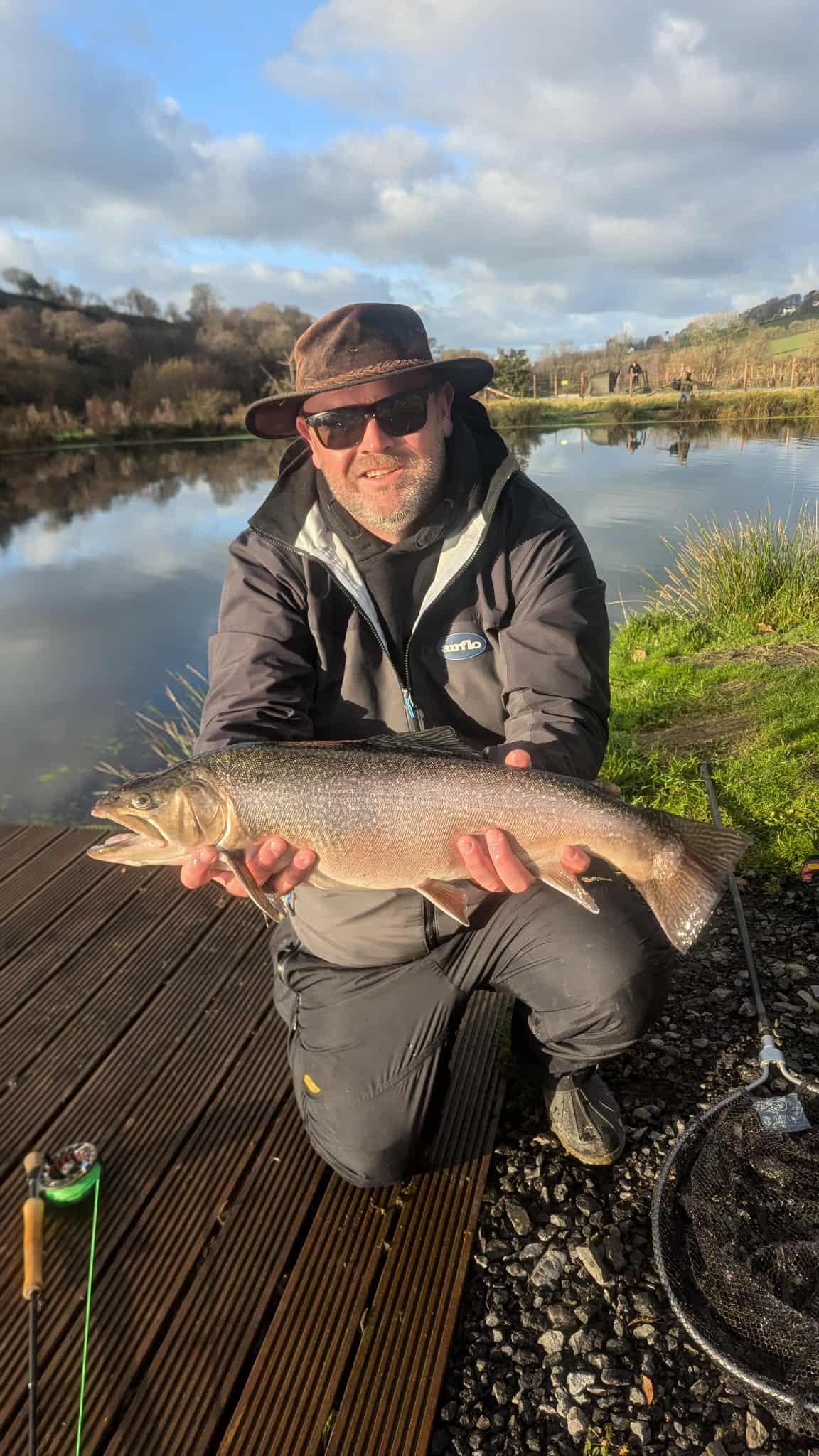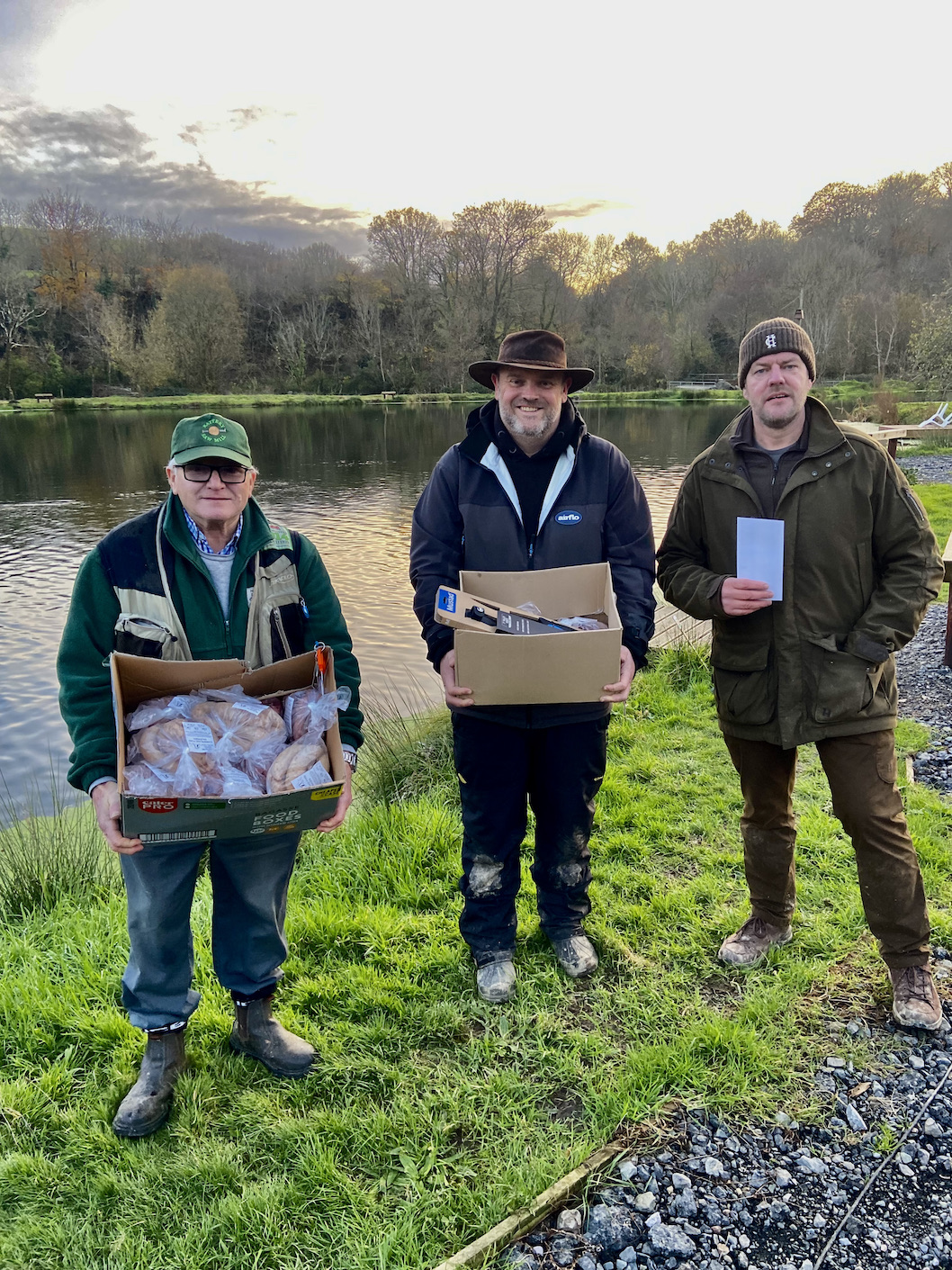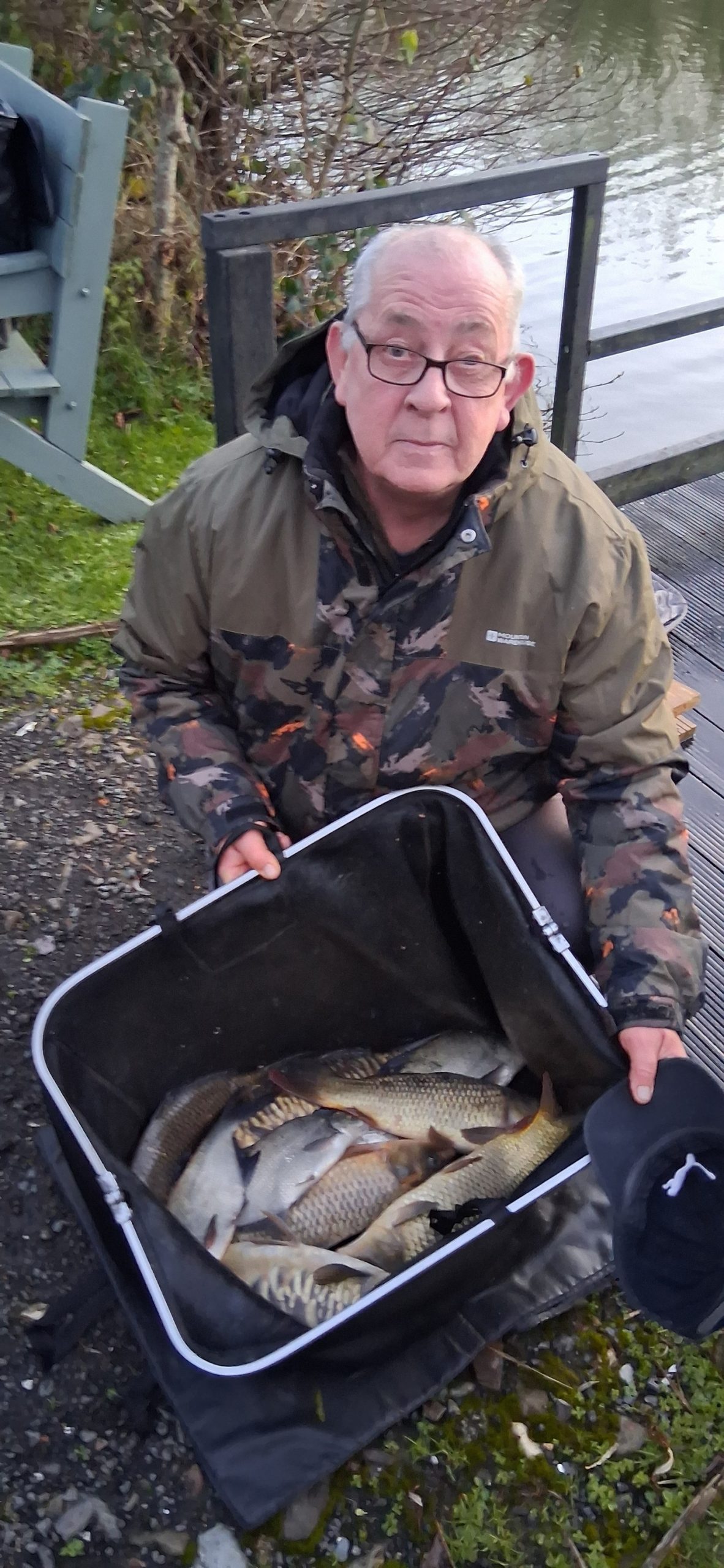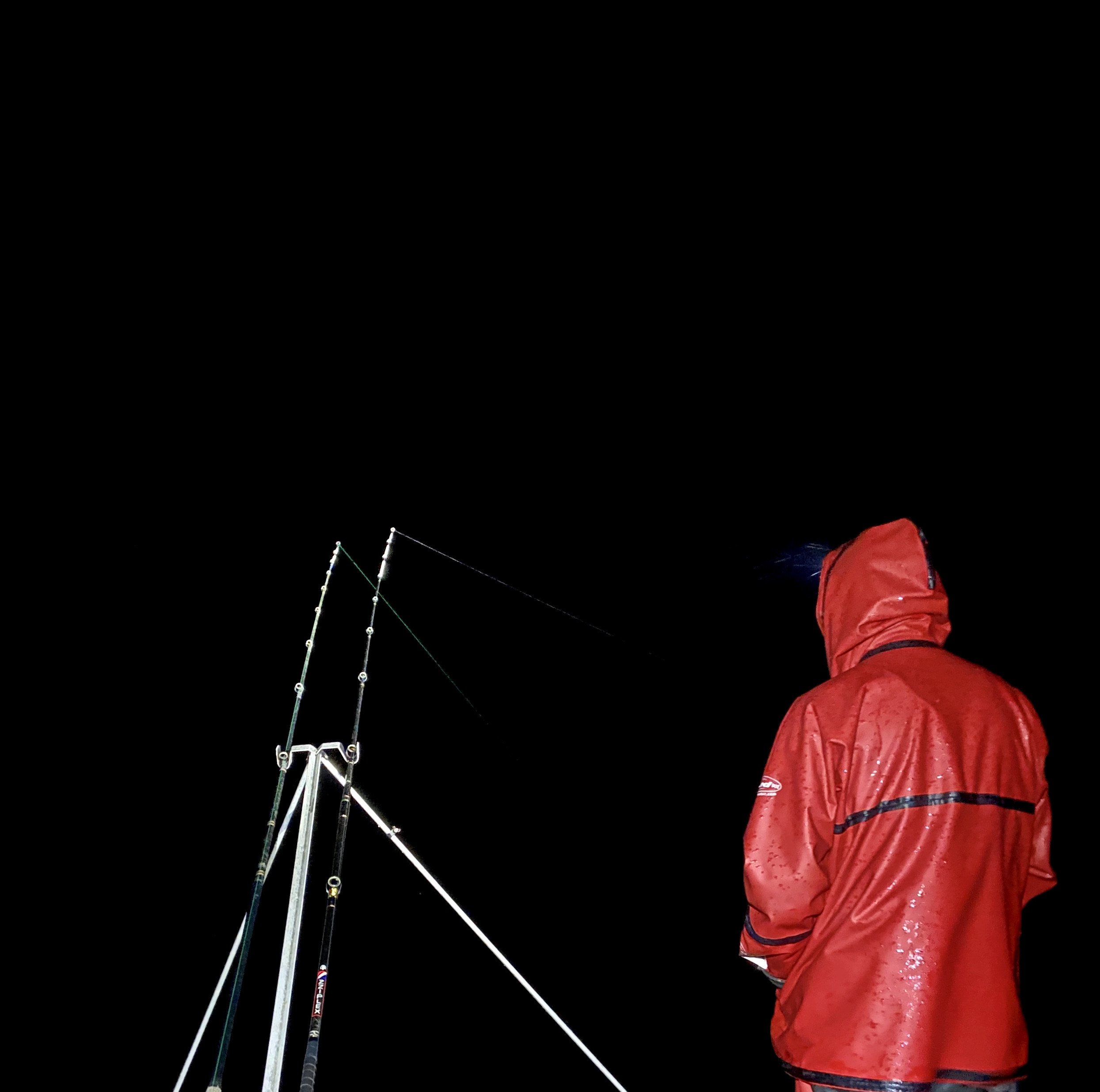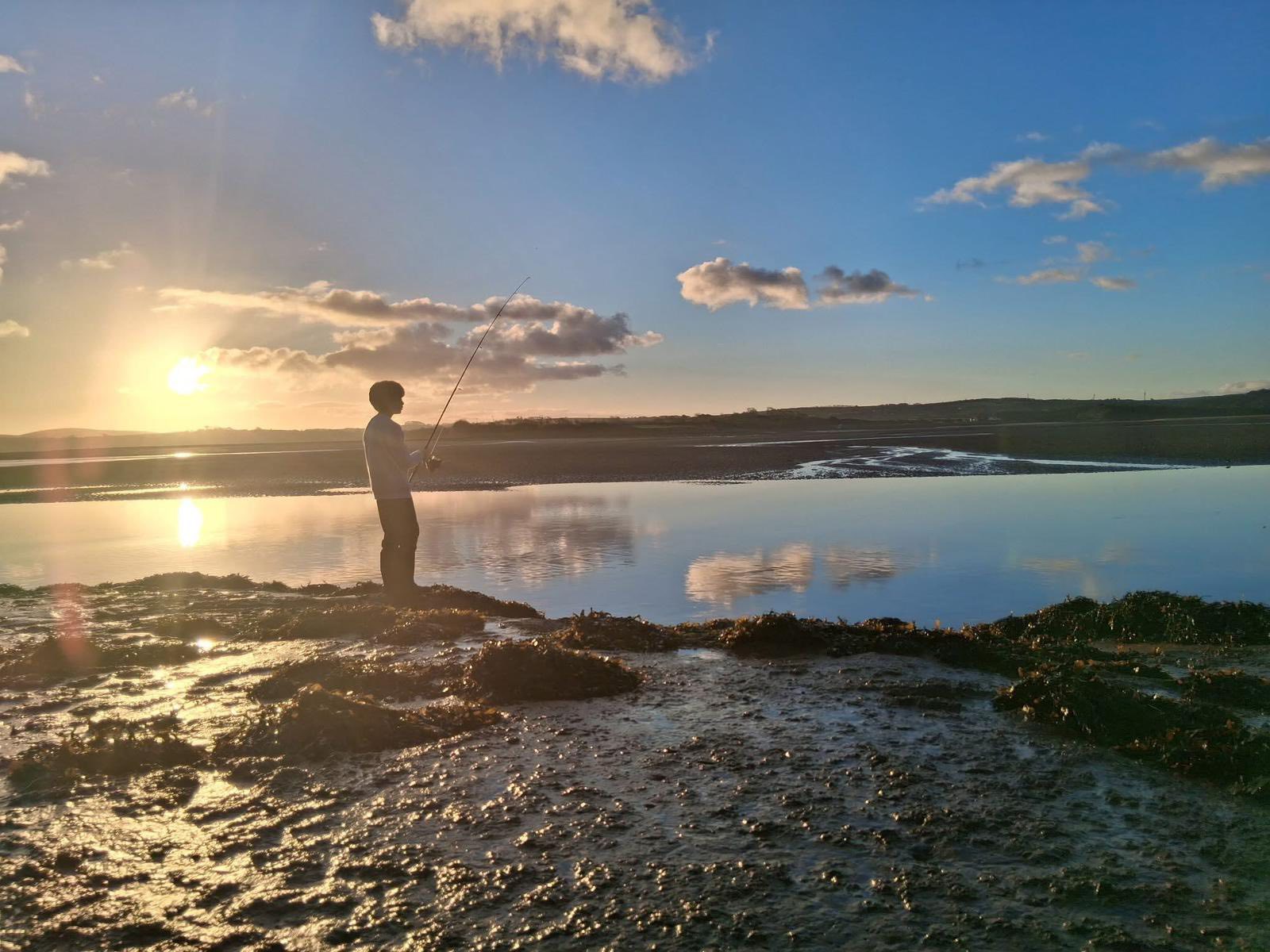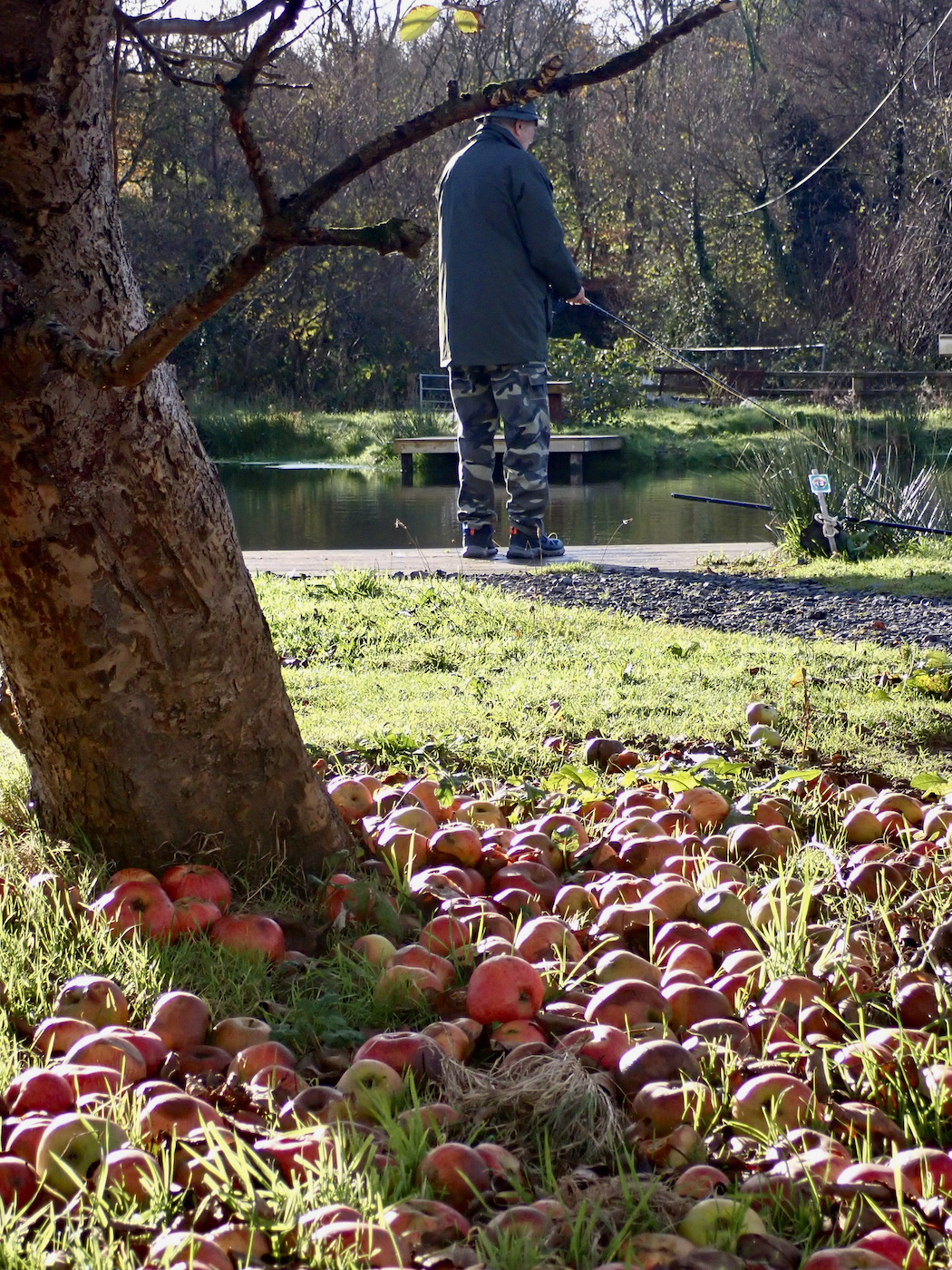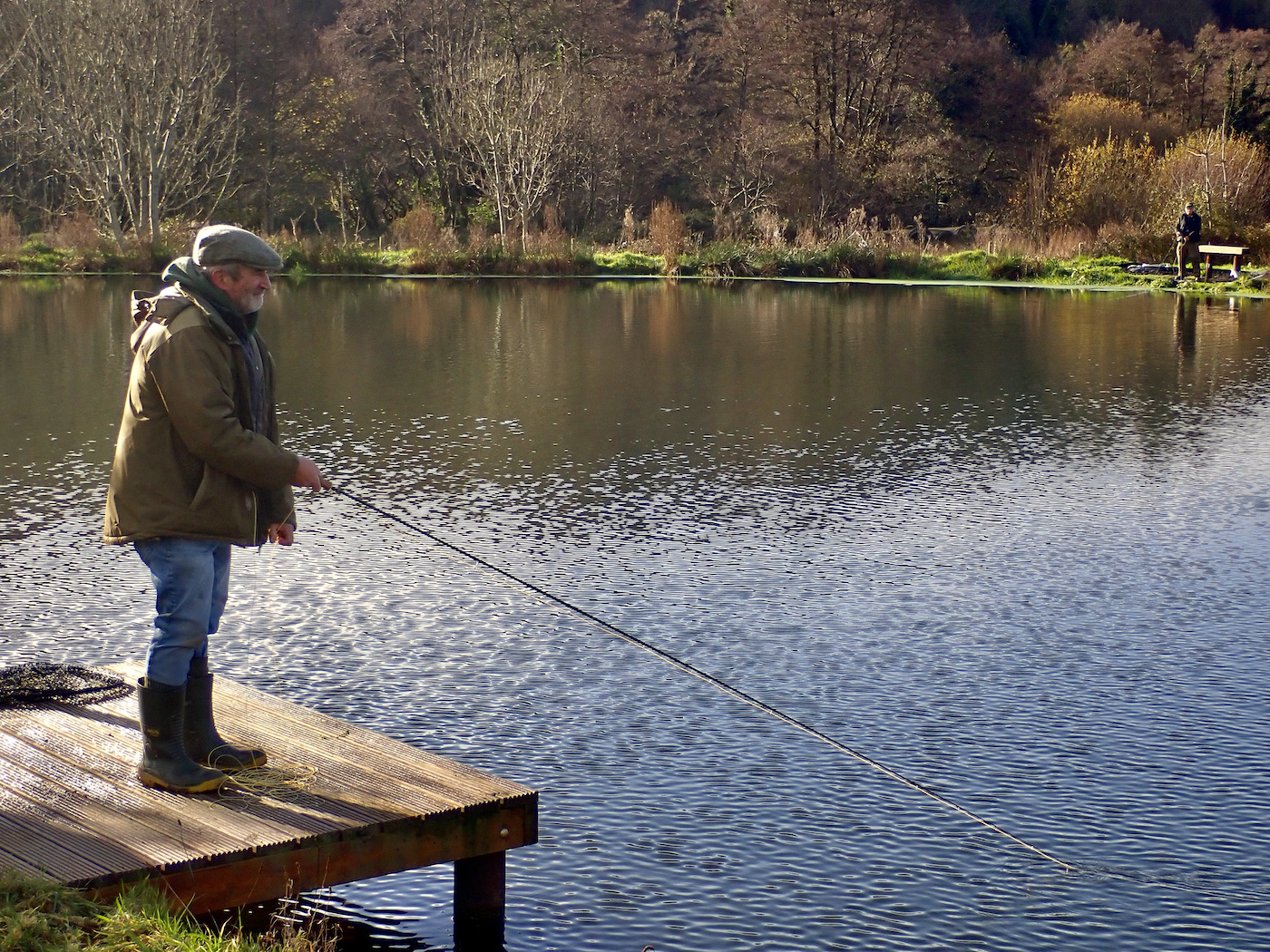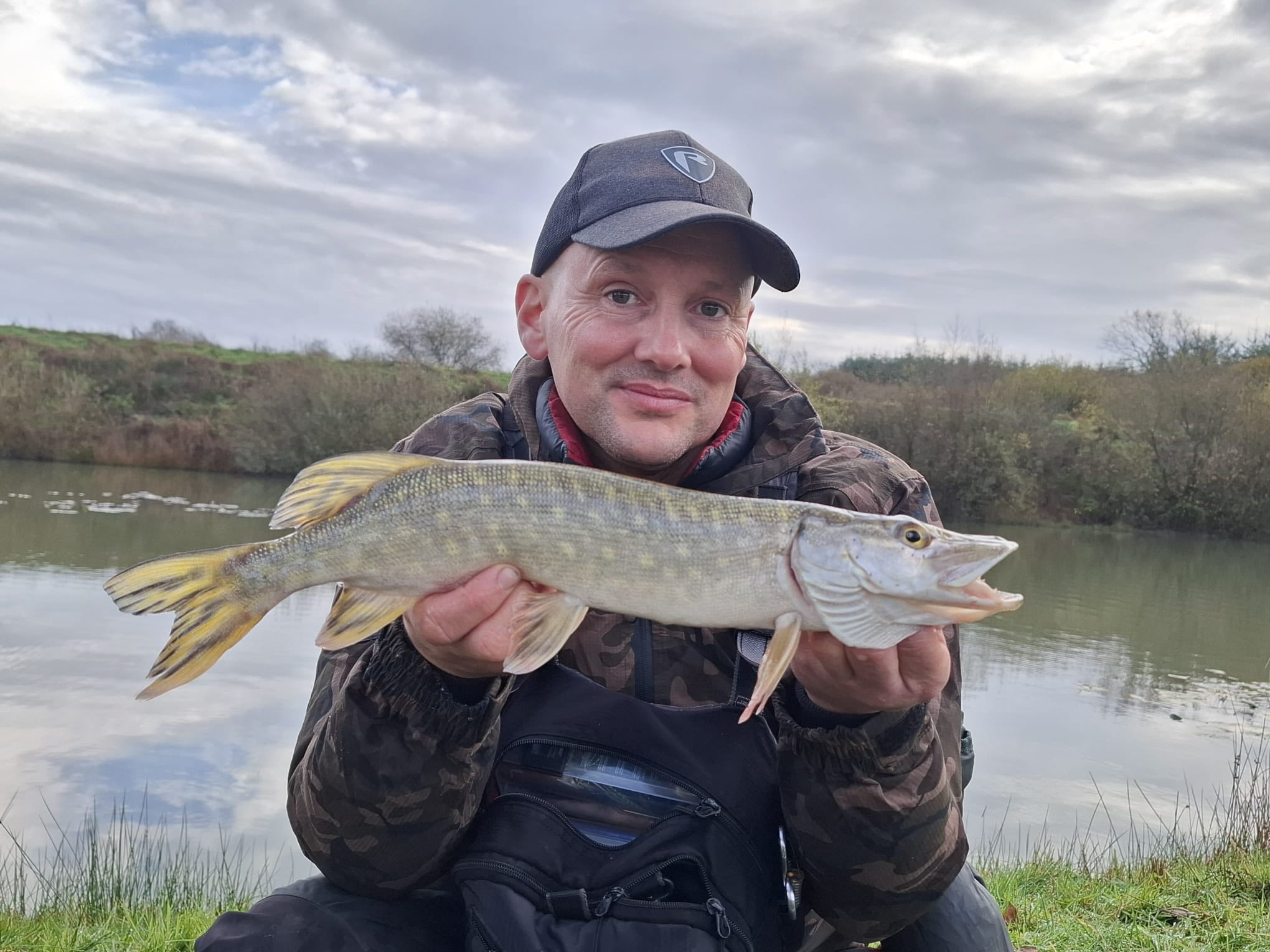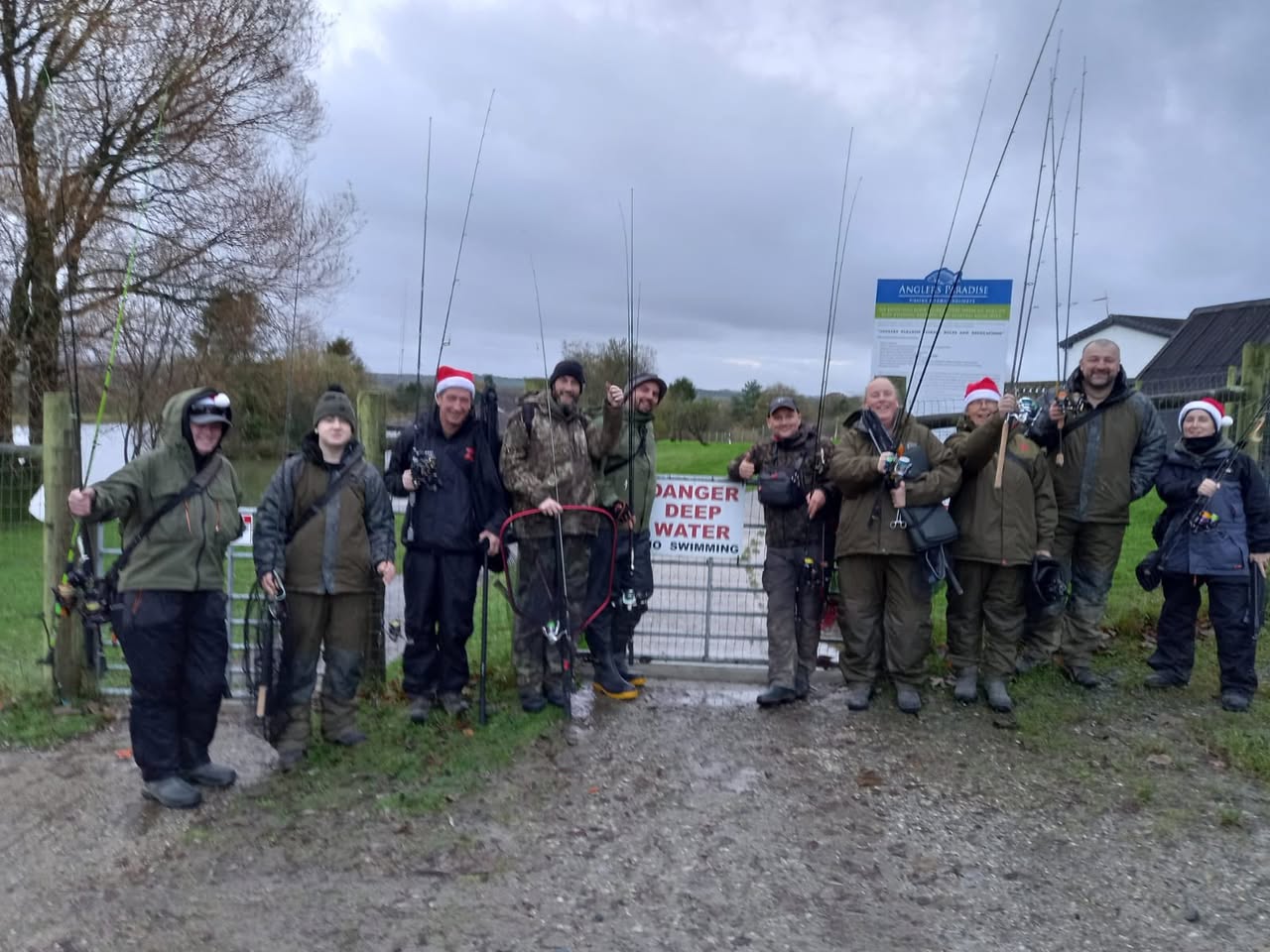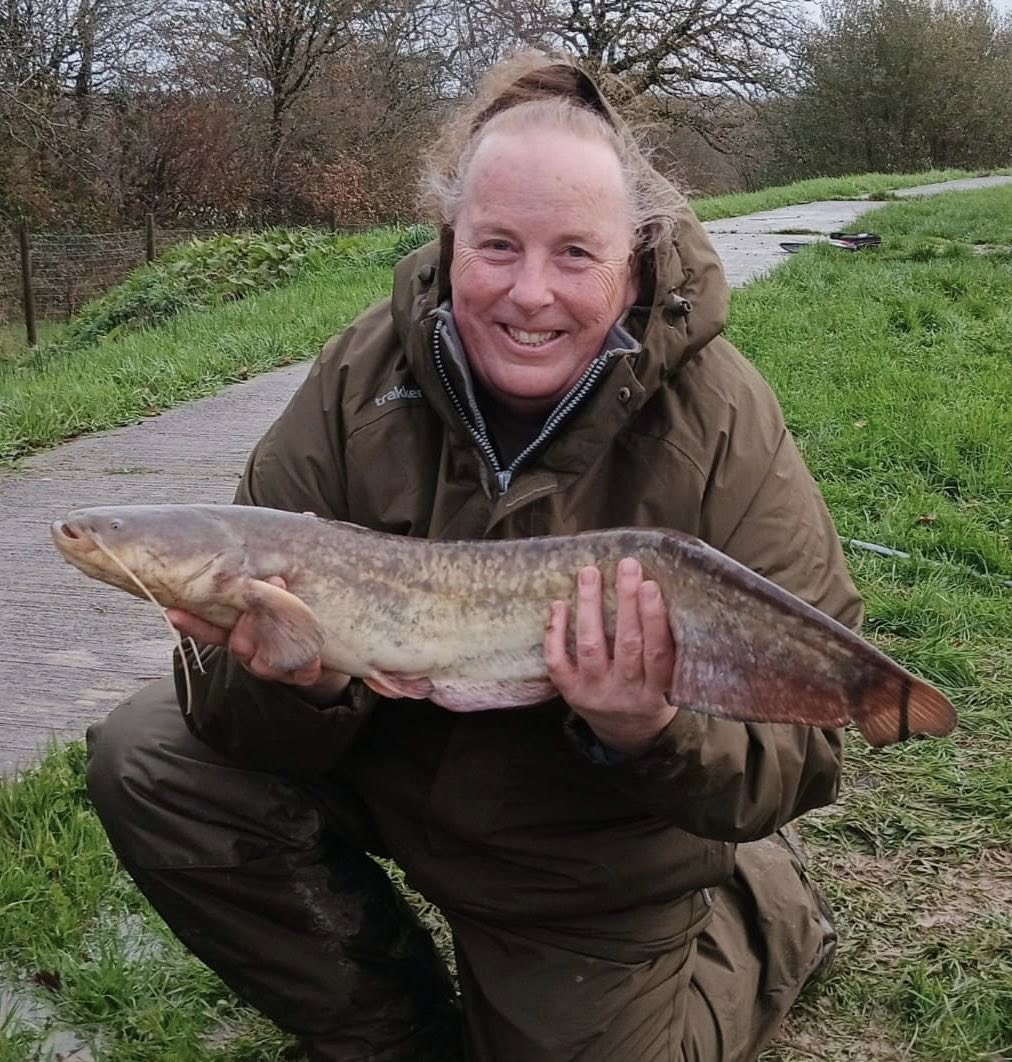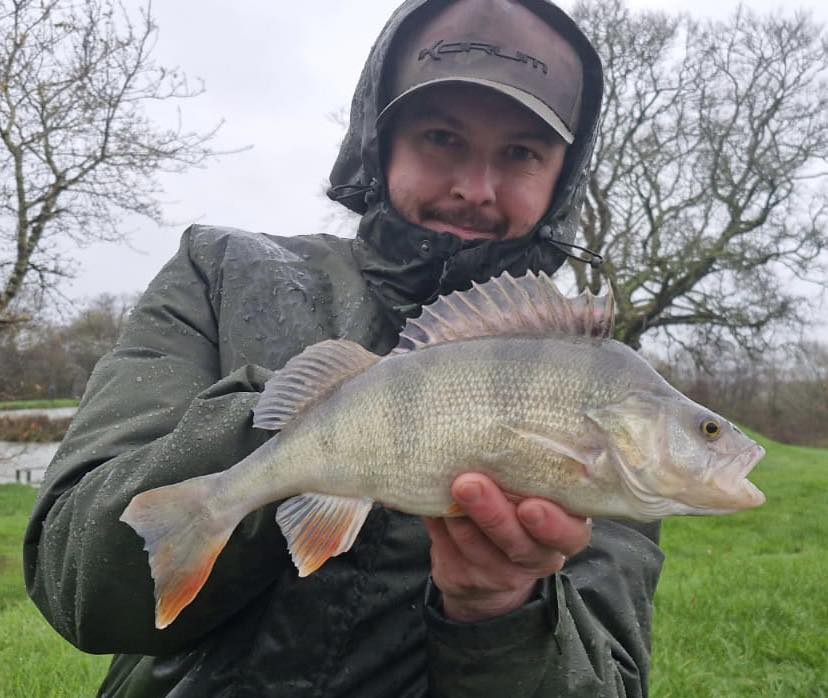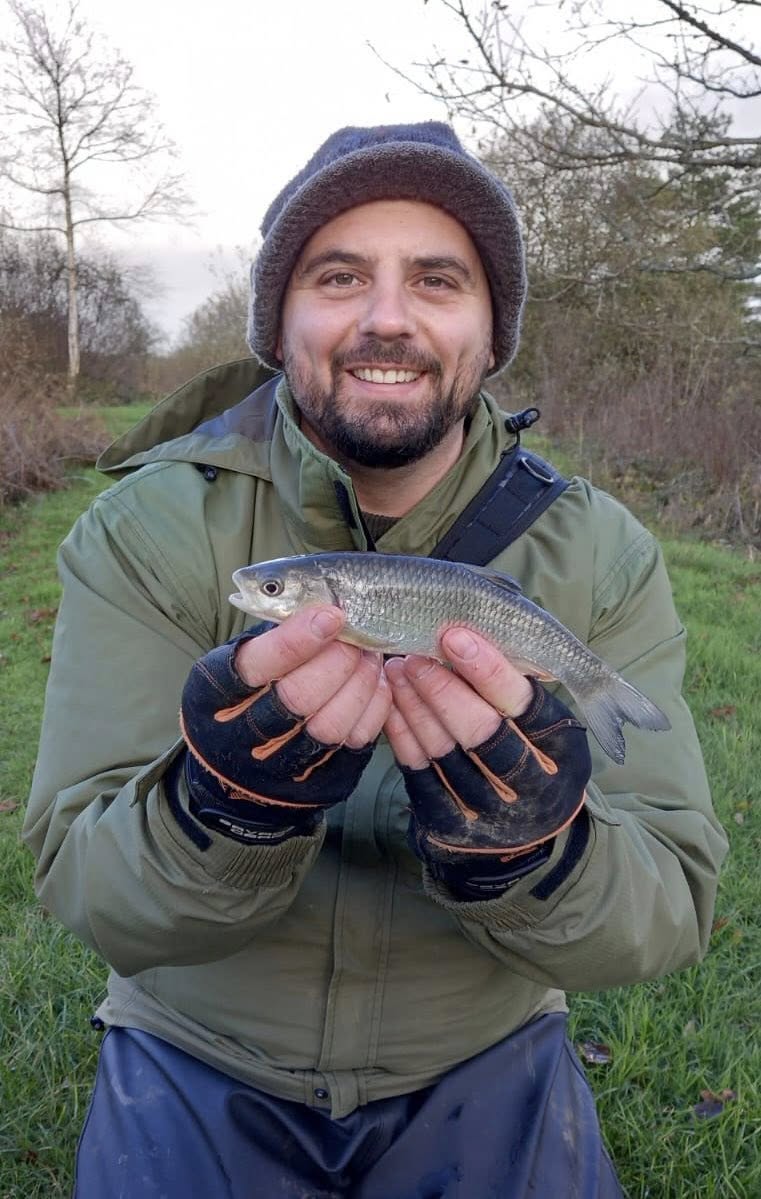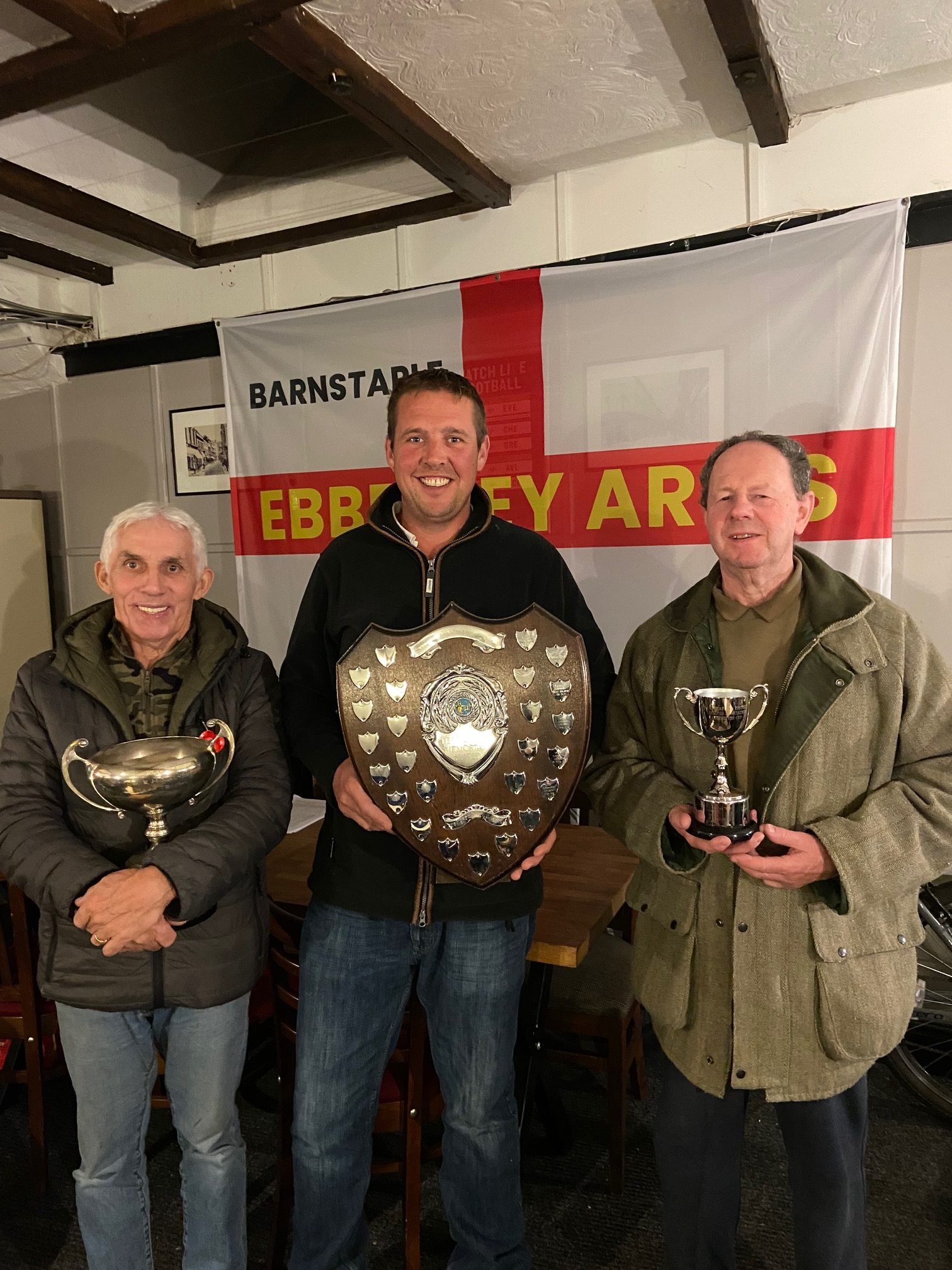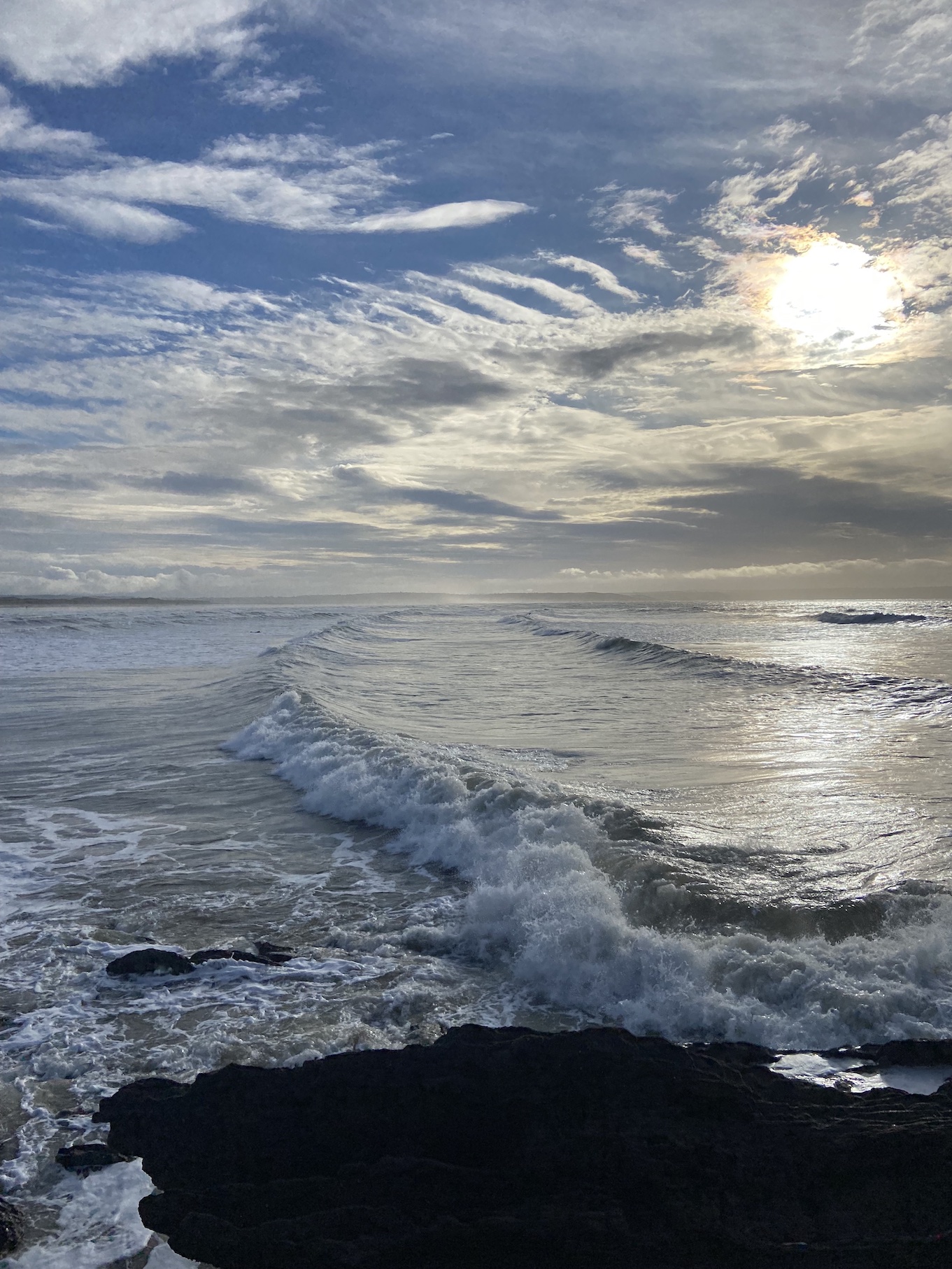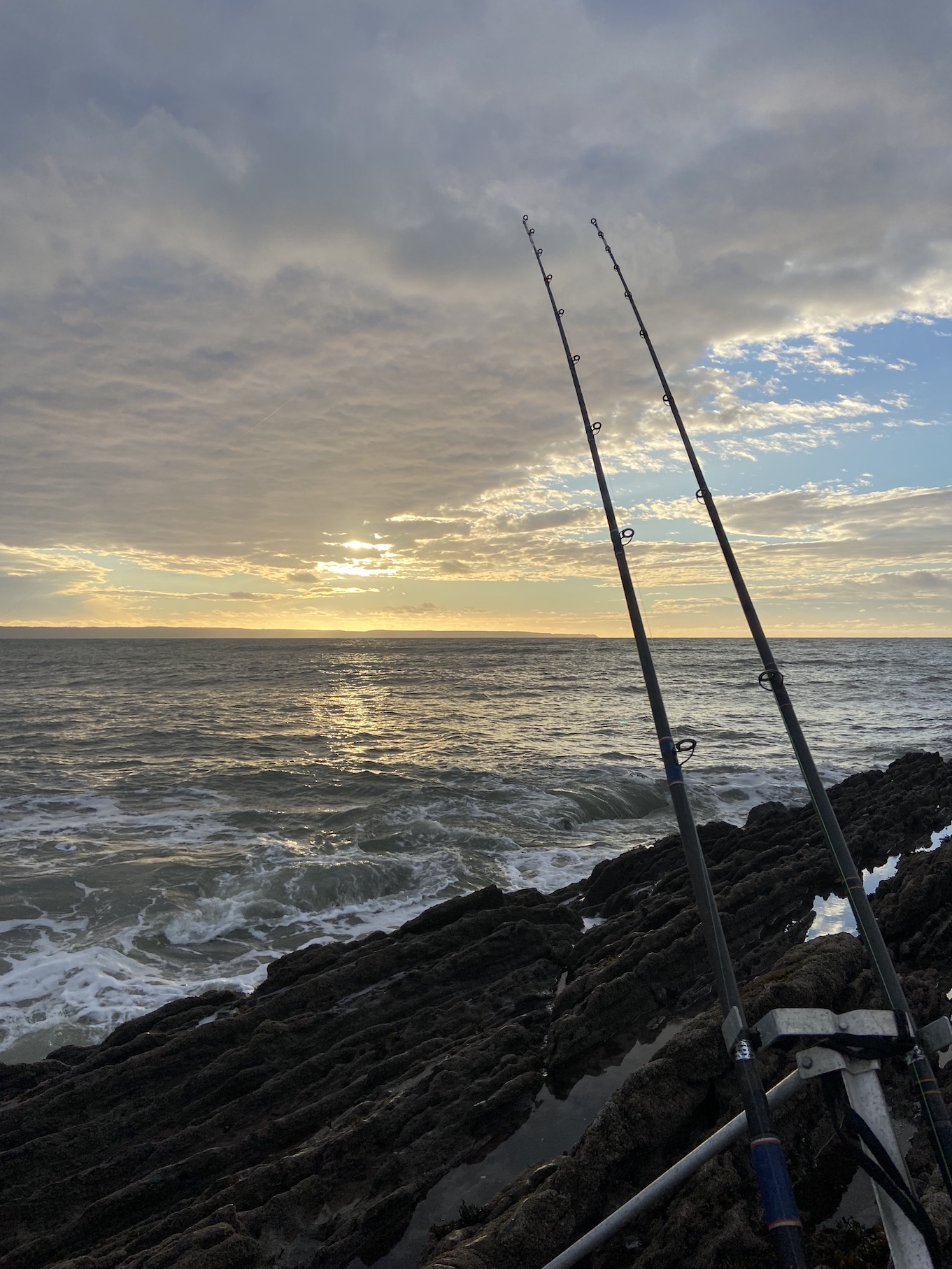The Torridge Rivers Association
Chairman: Paul Ashworth. Secretary: Charles Inniss.
Beeches Sheepwash Beaworthy Devon EX 21 5NW
e-mail: [email protected]
tel: 01409231237 (m)07464190944
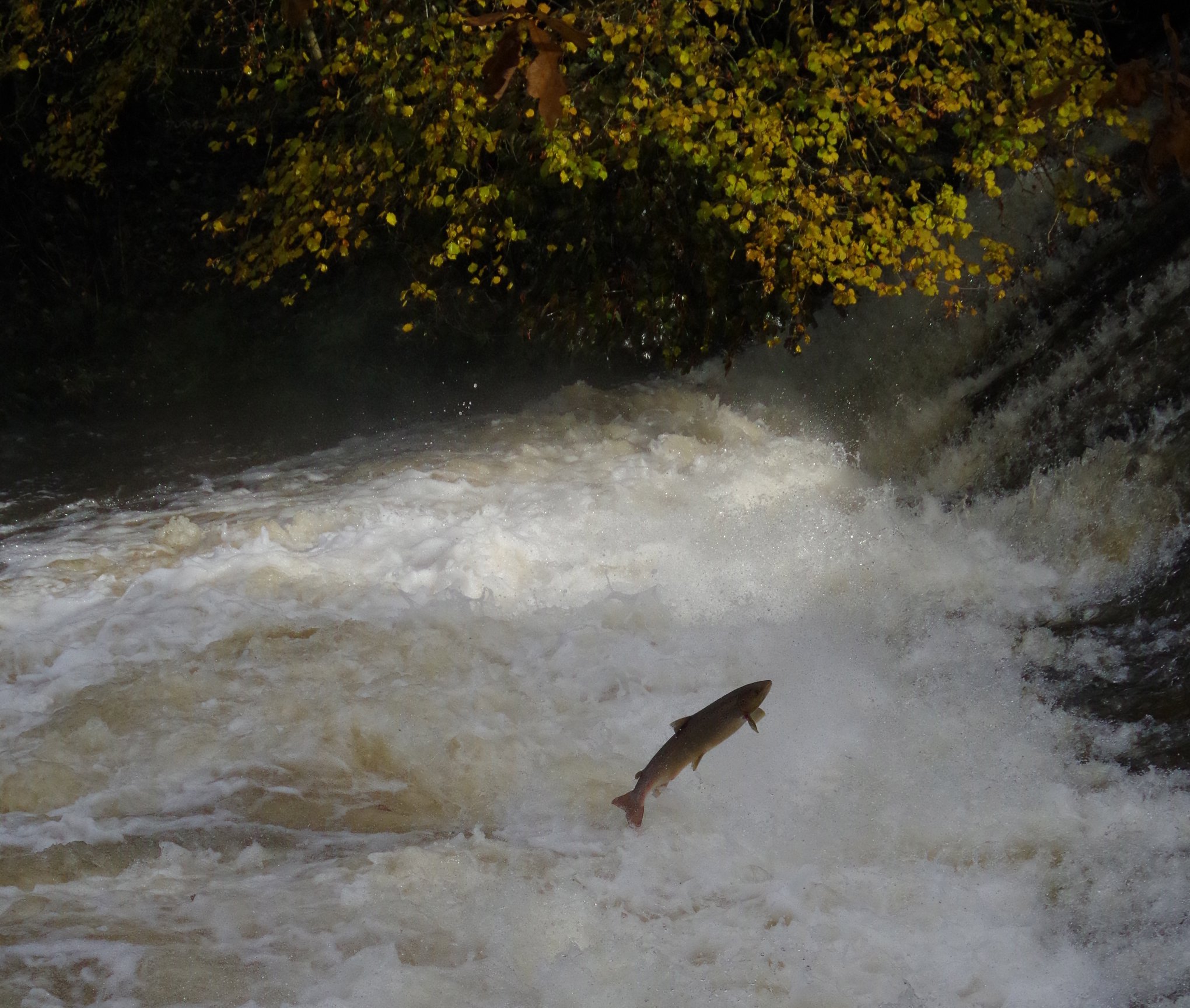
The Salmon Hatchery: I am pleased to be able to report that the hatchery team have been able to trap the broodstock from the fish pass at Monkokehampton Weir. We have five hens (largest 11lb) and four cock fish. The first hen we trapped three weeks ago (a superb fish of 13lb) had to be returned: she was ripe and ready to be stripped of her eggs but at that time we only had two cocks and the EA are insistent that the eggs must be fertilised by three cocks for factorial mating. Hopefully within the next fortnight all the hens will be ready for stripping and we will have over 25,000 eggs laid out in the shallow egg-holding trays.
One of our members recently gave me a copy of an article in the Daily Telegraph magazine which outlines the amazing work of Bob Kindness on the River Carron in Inverness Scotland. For thirty years he has run a hatchery very similar to ours and each spring releases the young salmon at the swim-up fry stage. He has a cylindrical trap set on a pontoon which each year catches the smolts migrating downstream. I quote: “when I look at a smolt caught in the trap, I can determine whether it is a wild fish or a hatchery fish and from which hatchery batch it came from”. Over the last twenty five years salmon stocks on the River Carron have increased dramatically. The amazing work of Bob Kindness has not only increased the numbers of adult salmon returning to spawn but has shown that artificial rearing and stocking retains the genetic quality of the Carron salmon. The editor of the Trout and Salmon magazine wrote: “the debate over the stocking of salmon rivers is hotly contested but the work of Bob Kindness proves that when done correctly artificial stocking can lead to successful and sustainable outcomes and could form a blueprint for artificial stocking as a viable tool for helping other rivers were salmon stocks are in decline”.
Graham Dunn, one of the hatchery team, has completed some essential health and safety improvements. The bridge over the mill leat at the entrance has been strengthened with new handrails and a safety rail has been erected by the leat next to the egg trays.
The Fishing Season: yet another season dominated by hot dry weather and low river levels. The salmon season got off to a wonderful start with a 13lb fish caught at Madeira in the first week of the season: but sadly only a handful of springers were caught in March and April and the salmon anglers had to wait until the last fortnight of the season when after a welcome rise in river levels several salmon were caught mostly from the middle river beats. Rod catches for the season totalled somewhere between 15 and 20: very similar to recent years. The sea trout run was again disappointing, but a spate in June encouraged a run of fish and several were caught again mostly from the middle river beats. As in recent years the saving grace has been the excellent brown trout fishing with several fish over 2lb being caught.

The Annual Egg Box Dinner and Raffle: over 40 members and their guests enjoyed another wonderful evening at The Half Moon with good company and an excellent meal. Sam Fenner, our fishery protection officer, joined us for the evening. The raffle was done online this year to save the cost of printing tickets and postage. It worked very well and raised over £900 to help with the costs of running the hatchery. Thank you for your support. Prize winners: 1st: Chris Payne: £100 Sportfish voucher. 2nd Graham Henderson: case of wine voucher. 3rd Ron Burton: £50 Half Moon voucher 4th Adam Barron: a days fishing at Brightlea. 5th Andy Wadham: teacloth painting of Mill Leat.
The 2026 AGM: will be held at The Half Moon on Friday 27th March. Please make a note in your diary and make every effort to attend.
My best Xmas wishes to you all. Winter well. Charles.






